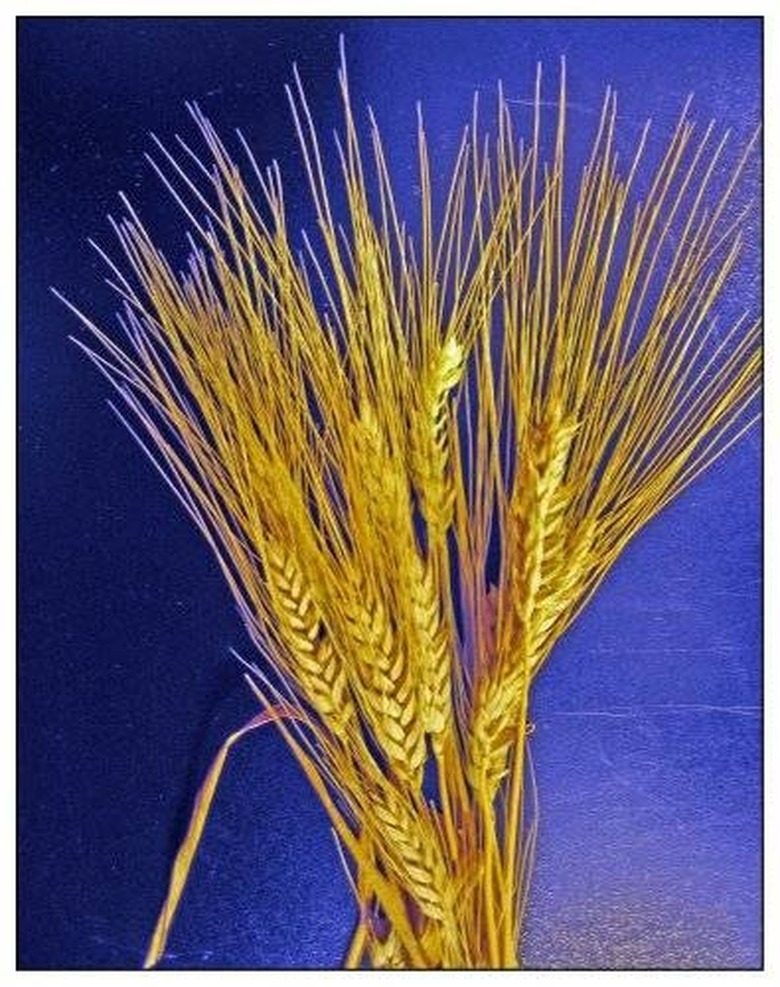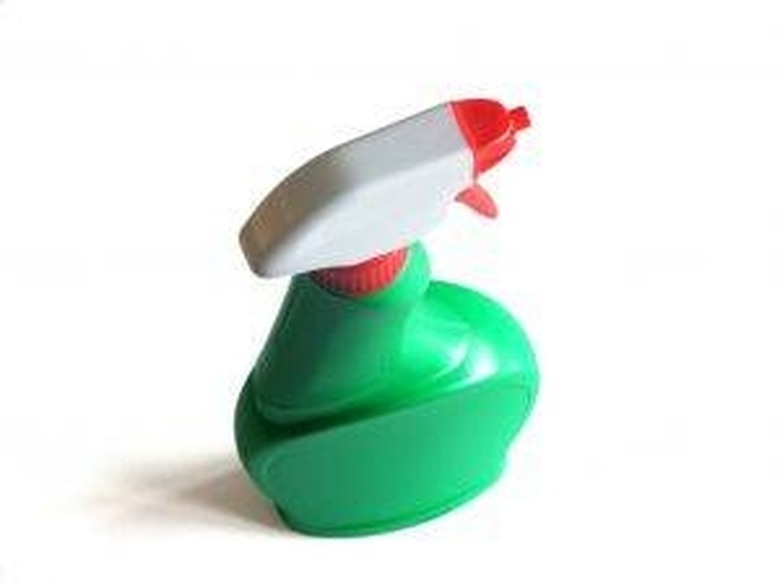How Does A Weevil Infestation Start?
How the Weevil becomes attracted to food and cotton crops
Weevils are beetles that are attracted to many grain crops such as wheat, barley and oats that are grown in the southern United States. These grains are the weevils' main source of food supply, and they've also been known to infest and attack cotton crops in Louisiana, Alabama and Georgia. They eat the buds of the cotton plants, which then fail to produce cotton. The damaging effects of weevils are largely due to their ability to reproduce quickly and then spread throughout the crops in a matter of days. Female weevils deposit eggs in the beds of the plants and can lay as many as 200 eggs during their lifespan. In just 14 days, larvae hatch and begin to grow; within 21 days, the larvae grow and repeat the reproductive process. Weevils feast on the grain and then leave their eggs on the plant. When the grains are harvested, the eggs hatch. Undetected weevils then eat their way through grain that has been processed and even made its way to store shelves. The weevil will eat the grain and even eat its way out of a box of grain in which it was feeding off of. Weevil infestations can cause thousands of dollars worth of damage, making them extremely destructive to farmers.
How the weevil infests food supplies
Once grain and cotton crops are harvested, weevil larvae can still remain and lead to an infestation. Weevils can develop from the larvae in any warm climate or condition and can spread very rapidly. They may even lay eggs on a harvested crop from a different farm and begin to attack food supplies. If any weevils or weevil eggs are undetected at a food manufacturing plant , grocery stores and even people's homes can easily become infested in a matter of days. Weevils typically don't infest non-grained foods such as pastas and canned goods, but if uncontaminated boxes of crackers, whole grain products, cereals and even flour are left opened or not sealed tightly, weevils can use them as nourishment and infest an entire pantry or grocery store isle. A weevil that has laid eggs in a box of cereal for example will leave behind signs of brownish red larvae and a cob web-type material that will be in between the food and the wall of the box or bag. The weevil can eat its way into boxes and plastic bags making many other uncontaminated foods items susceptible to weevil infestation.
How to treat a weevil infestation
Treating a weevil infestation means throwing out all contaminated food and grains. It may seem drastic, but this will prevent the possibility of an egg or weevil going undetected and starting the cycle again. The surface area within 3 feet of any infestation should be cleaned with a mild bleach solution, and all potentially infested grains or old food should be thrown away. After the areas has been cleaned, fresh food can be introduced and then stored back into the area.


